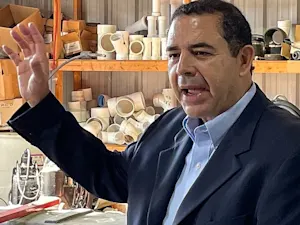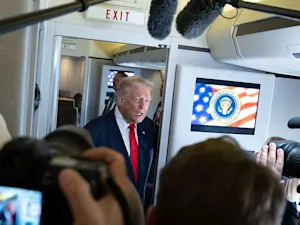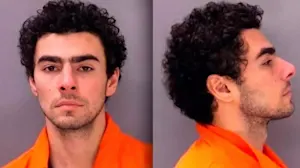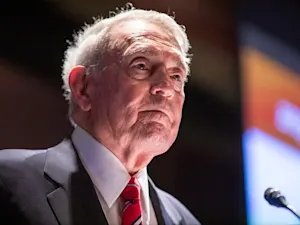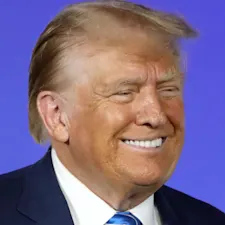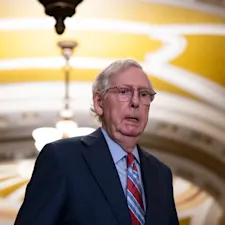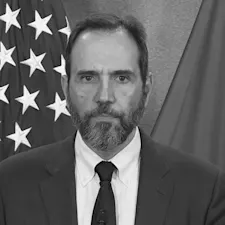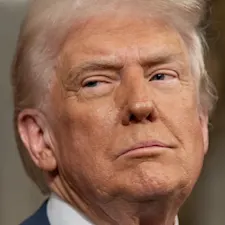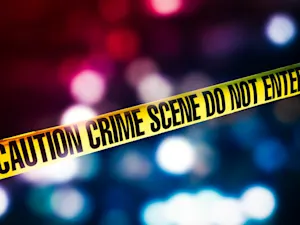
Epstein Truth Leaks Out: Experts Claim Jailhouse Footage Was Edited
The Department of Justice and the Federal Bureau of Investigation's release of nearly 11 hours of surveillance footage from the night before Jeffrey Epstein's death was meant to settle swirling conspiracy theories. Instead, it has opened a fresh chapter of suspicion. Metadata analysis reveals that the so-called raw video was far from untouched. Just over one minute of footage is reportedly missing, and the video was edited and stitched together using professional software, reigniting public distrust in the official narrative.
The Footage and Its Purpose
In July 2025, the Department of Justice published surveillance video from a camera near Epstein's cell at the Metropolitan Correctional Center in New York. Epstein, a convicted sex offender awaiting trial on federal sex trafficking charges, was found dead in his cell on Aug. 10, 2019. The release aimed to quell conspiracy theories that Epstein was murdered to protect powerful individuals implicated in his crimes.
The video was intended to demonstrate that no one entered the tier where Epstein was held from the time he was locked in his cell at about 10:40 p.m. on Aug. 9 until around 6:30 a.m. the next morning. The Department of Justice and Federal Bureau of Investigation jointly stated that the footage confirmed that "Epstein died by suicide" and that "no incriminating 'client list'" was found, according to Newsweek.
Metadata Reveals Editing
However, independent analysis by WIRED and video forensics experts uncovered troubling details beneath the surface. The metadata embedded in the video file shows it was not a direct export from the prison's surveillance system. Instead, it was modified, likely using Adobe Premiere Pro, a professional video editing tool. The file was saved multiple times over a 23-minute period on May 23, 2025, by a Windows user account identified as MJCOLE~1.
The metadata also indicates the footage was compiled from at least two separate MP4 source clips, which were combined before being uploaded to the Department of Justice's website. This composite nature of the video raises questions about the chain of custody and the integrity of the evidence.
Hany Farid, a professor and digital forensics expert at UC Berkeley, reviewed the metadata and expressed concerns about the video's suitability as court evidence. "If a lawyer brought me this file and asked if it was suitable for court, I'd say no. Go back to the source. Do it right," Farid said, according to WIRED. "Do a direct export from the original system—no monkey business."
He also noted that the video's aspect ratio changes at several points, suggesting edits beyond basic format conversion.
The Missing Minute
Perhaps the most striking revelation is the absence of just over one minute of footage, from 11:58:58 p.m. to 12:00:00 a.m., during the critical overnight period. Attorney General Pam Bondi attributed this gap to a flaw in the camera's daily recording cycle, stating that one minute is missing from every night's footage, according to WIRED.
Still, the missing minute has become a focal point for skeptics. Given the high-profile nature of Epstein's case and the intense public scrutiny, any unexplained gap fuels speculation about what might have been captured — and concealed — during that time.
Surveillance System Failures
The Department of Justice Office of the Inspector General reported in 2023 that about half of the Metropolitan Correctional Center's roughly 150 analog surveillance cameras were not operational starting July 29, 2019, including most inside the Special Housing Unit where Epstein was held. Repairs were scheduled for Aug. 9, the night before Epstein's death, but were delayed due to staffing issues, according to WIRED.
At the time of Epstein's death, only two cameras were functioning near the Special Housing Unit: one reportedly covering the common area and stairwells near the 10 South Unit entrance, and another monitoring a ninth-floor elevator bay. Neither camera captured Epstein's cell door directly.
This combination of technical failures and missing footage complicates the official account and leaves room for doubt.
Public Reaction and Conspiracy Theories
The release of the footage and accompanying Department of Justice memo did little to calm conspiracy theories. Instead, the metadata findings have added fuel to the fire. Alex Jones, a conspiracy theorist, described the Department of Justice's explanation as "sickening" in a social media post, as reported by WIRED, while others suggest the video's editing and missing minute point to a cover-up.
Mike Rothschild, an author who studies conspiracy theories, explained that any unexplained aspect of the official story tends to be seized upon by theorists, adding that "whatever your flavor of Epstein conspiracy is, the video will help bolster it," as reported by WIRED. The gaps and edits in the Epstein footage are likely to be interpreted as signs of foul play, regardless of official statements.
Official Responses and Unanswered Questions
When approached for comment, the Federal Bureau of Investigation deferred to the Department of Justice, which in turn referred inquiries back to the FBI and the Bureau of Prisons, according to Newsweek. Neither the Bureau of Prisons nor the FBI provided detailed explanations about the video's editing or the missing footage.
The lack of transparency has only deepened public skepticism. Digital forensics experts emphasize the importance of preserving the chain of custody and providing unaltered evidence, especially in cases of such national interest.
Looking Ahead
The Department of Justice promised clarity, but what the public got feels more like smoke and mirrors. Eleven hours of footage, stitched together with professional software and riddled with gaps, hardly inspires confidence in an agency desperate to close the book on Epstein.
Instead, the edits, the missing minute, and the silence from officials have only deepened the mystery — and fueled the very theories this release was meant to bury. In an era where transparency is supposed to restore trust, the Epstein video proves the opposite: every unexplained cut, every unanswered question becomes a spark for doubt.
The result? A narrative that refuses to die, a scandal that keeps writing its own sequel, and a chilling reminder that when the truth comes with an asterisk, the conspiracy theorists always win.
References: Metadata Shows the FBI's 'Raw' Jeffrey Epstein Prison Video Was Likely Modified | Jeffrey Epstein 'Raw' Video from Prison Likely Modified-Analysts | FBI's 'Raw' Jeffrey Epstein Prison Video Was Likely Modified




